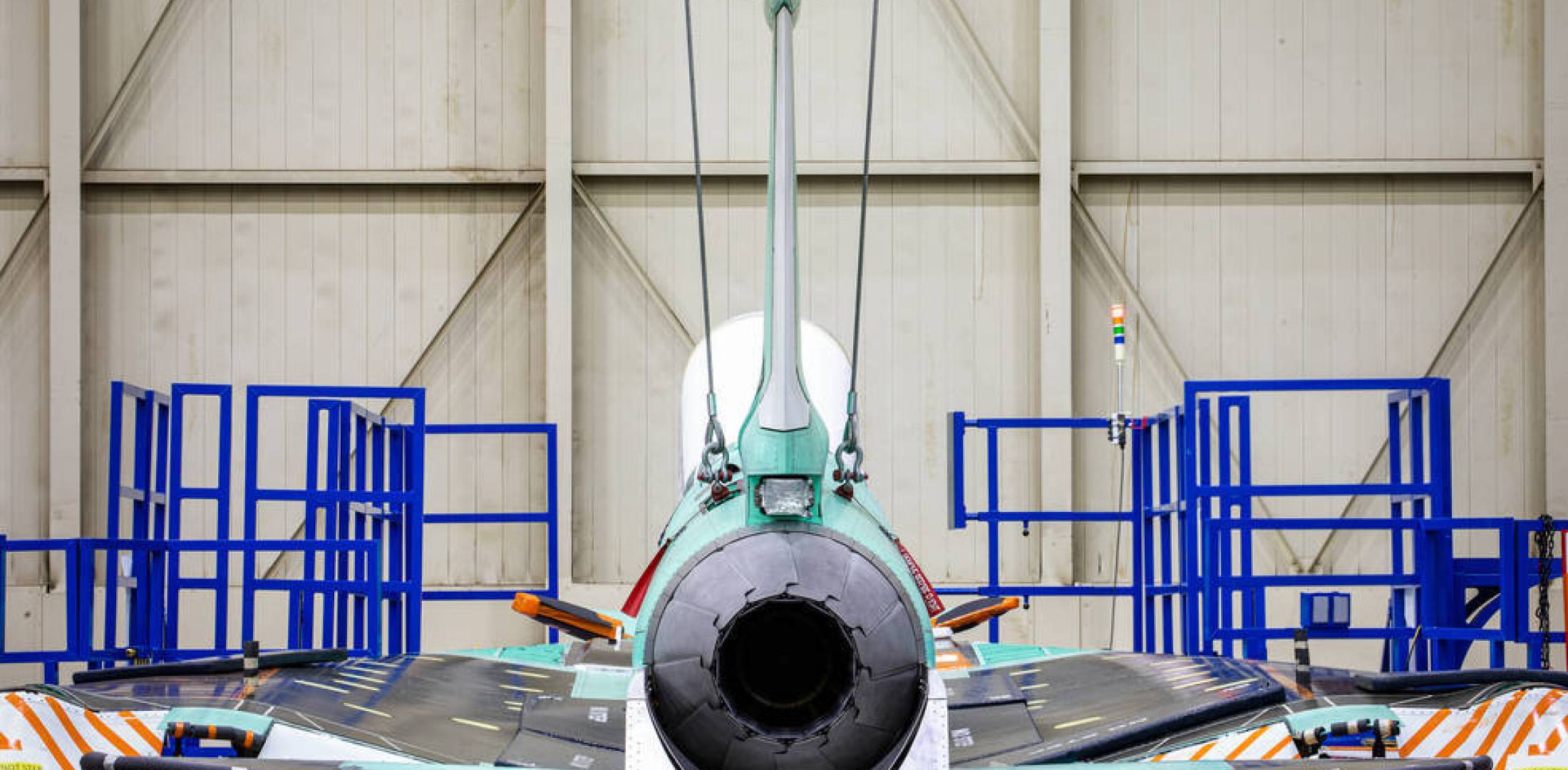NASA marked the anniversary of the 50-year ban on commercial supersonic travel over land last week highlighting the progress of its “Quesst” mission, which includes plans to fly a Mach 1.4 X-59 test aircraft this year to pave the way for noise trials. Those noise trials involving the X-plane will be used to gather data that could ultimately make supersonic operations over land possible again.
Lockheed Martin, in concert with NASA, has been developing the supersonic single-seat, nearly 100-foot-long aircraft at its Skunk Works factory in Palmdale, California. The aircraft is being designed with new technologies that would emit a lower boom, described as a soft thud, to buffer the impacts of the shockwaves associated with supersonic flight.
The aircraft continues to come together, with the installation of the tail section, in late March. NASA confirmed that the aircraft will fly this year and be tested over about a nine-month period with initial trials proving performance and safety. Once concluded, Lockheed Martin will formally hand over the aircraft to NASA, a milestone anticipated in 2024.
NASA said the program will then enter “Phase 2” under which NASA flies the aircraft within the supersonic test range over NASA’s Armstrong Flight Research Center and Edwards Air Force Base in California to prove that the supersonic technology works as designed and that the aircraft is safe for operations in the National Airspace System.
The third phase of the program is set to kick off in 2025 and run through 2026, involving flight trials over several U.S. cities. This is when the data collection will occur. NASA plans to survey residents in that area about the responses to those flights.
The idea is to gather reactions to the sound emitted from supersonic flight using new technologies and determine whether the noise has been mitigated enough to reconsider the ban. That data is to be shared with U.S. and international regulators.
The ban was put in place on April 27, 1973.
This article originally was originally published on AINonline.com, a FutureFlight sister site.
